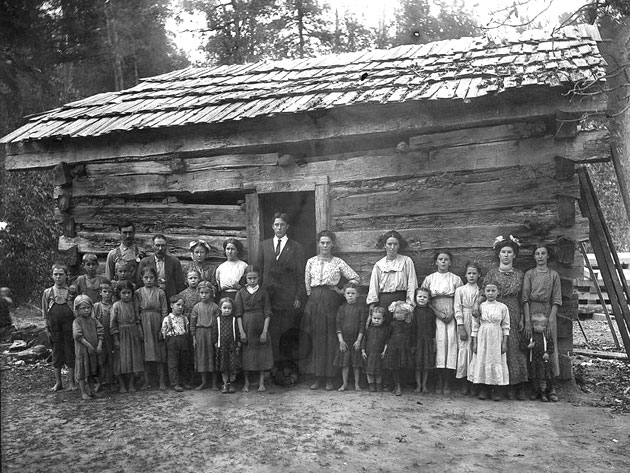
No one doubts that the old country school was out of step with the rhythms and requirements of the new urban-industrial civiliztion. But most every aspect of reform -- its timing and dynamics, its ramifications and its legacy -- continues to be the subject of lively historial debate. When Ellis Ford Hartford wrote about The Little White Schoolhouse (University Press of Kentucky, 1977), -- those "rude log cabins and their successors ... which provided the typical school experience for a great majority of Kentuckians" for nearly a century -- he saw the fruits of progress everywhere, but couldn't escape some lingering regrets over the loss of community. Writing twenty years later in Kentucky: Portrait in Paradox (Kentucky Historical Society, 1996), James Klotter remained fundamentally sympathetic to the goals of the so-called Whirlwind Campaigns of 1908 and 1909, but, unlike Hartford, he found ample reason to be disappointed with the long-term results of reform. Focus on the region, on the South more generally, and the picture grows more complicated still. In The Paradox of Southern Progressivism, 1880-1930 (University of North Carolina Press, 1992). William A. Link emphasizes an ongoing class over the nature of the social contract which began before the turn of the century which began before the turn of the century to pit a localist way of life against the centralizing, state-level policies of professionally-minded reformers.
On the other hand, in Schooling in the New South: Pedagogy, Self and Society in North Carolina, 1880-1920 (University of North Carolina Press, 1996) James Leloudis interprets a widespread grass-roots enthusiasm for the new "graded" schools in the 1880s as evidence that the dramatic changes played out at the state and regional levels in the early 20th century were not imposed on local communities, but had their source in those communities and their efforts a generation earlier.
For an alert overview, less concerned with region than with the implications of national trends, see David Tyack and Larry Cuban, Tinkering Toward Utopia: A Century of Public School Reform (Harvard University Press, 1995) and William J. Reese, America's Public Schools: From Common School to 'No Child Left Behind' (Johns Hopkins, 2005)
For a suggestive look at the schoolhouse itself--at the ways in which historical transformations in design shaped the experience of schooling, promoting and even pioneering "a particular understanding of education"--see Catherine Burke and Ian Grosvenor, School (Reaktion Books Ltd., 2008).